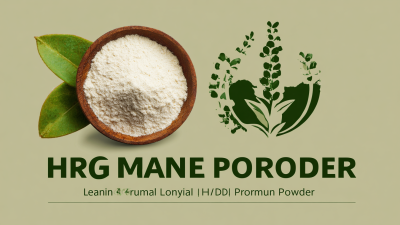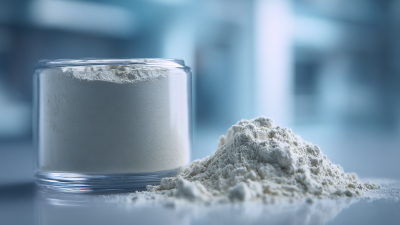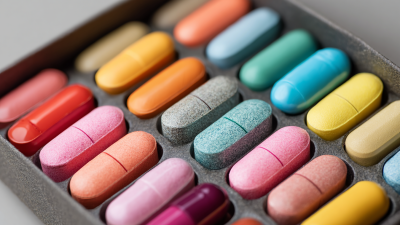The effective use of Plant Rooting Hormone can significantly enhance the propagation success rates of various plant species. According to a report by the American Society for Horticultural Science, the application of rooting hormones can increase rooting success by 70% or more, especially in woody cuttings and difficult-to-root species. This powerful tool leverages the natural auxins that promote root development, allowing horticulturists and gardeners alike to expand their plant collections and improve the health of new transplants. Recent studies also indicate that the proper application technique and timing can further optimize the rooting process, leading to robust growth and establishment of new plants.
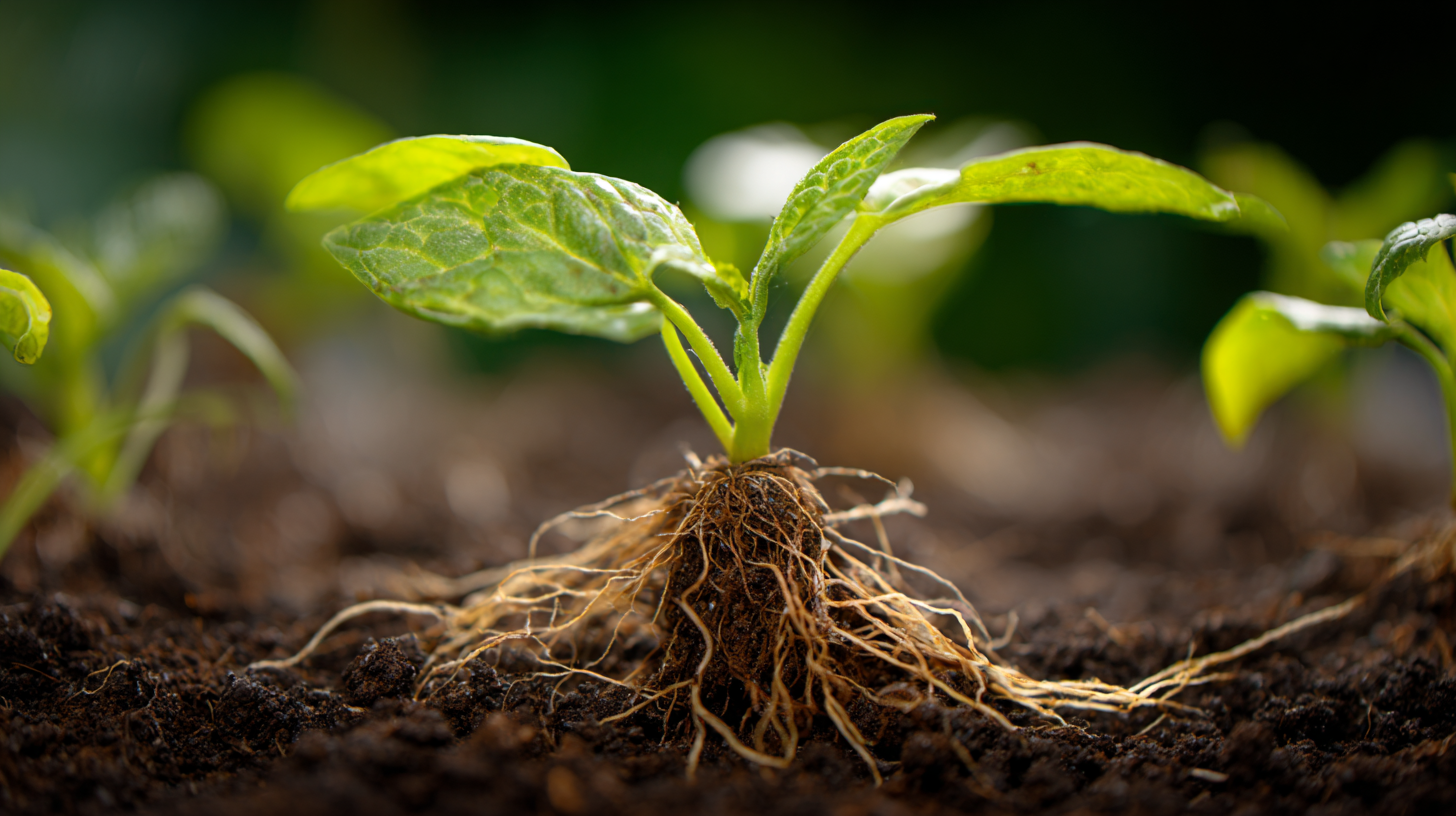
As we delve into the methods of using Plant Rooting Hormone effectively, understanding its mechanisms and application strategies will empower both amateur and professional gardeners to achieve maximum plant growth and vitality.
Using plant rooting hormone effectively is crucial for enhancing root development across various types of plant cuttings, including softwood, semi-ripe, hardwood, root, and leaf cuttings. To maximize the benefits, selecting the appropriate type of rooting hormone is essential. For instance, hormones such as Indole-3-butyric acid (IBA) have shown significant stimulation in root formation, particularly in species like kiwifruit when propagated through hardwood cuttings. This targeted use of rooting hormone can significantly improve the overall success rate of your cuttings and facilitate robust root systems.
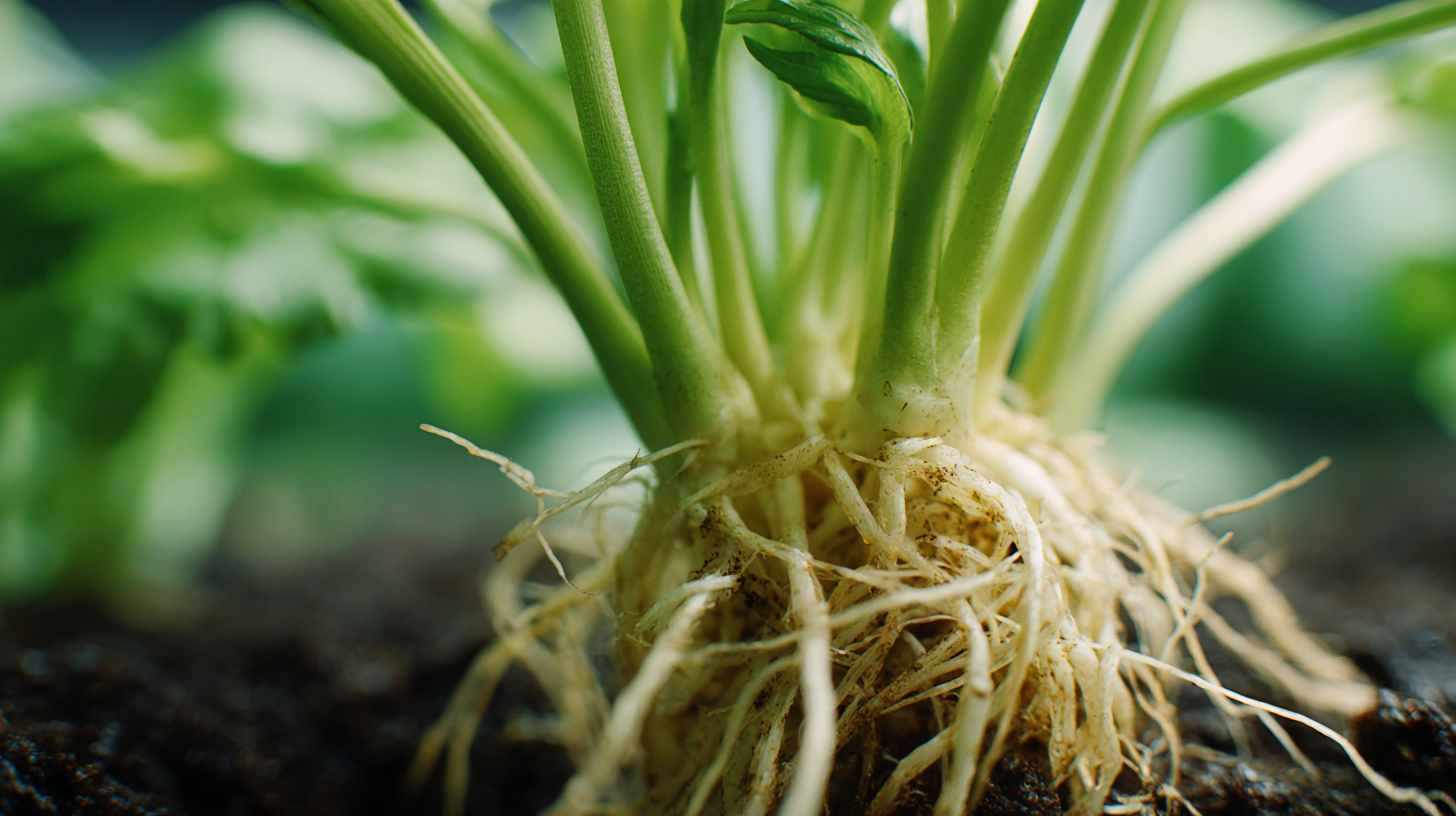
Best practices also involve integrating plant growth-promoting microbes (PGPM) with rooting hormones. This synergy can enhance root development and improve the plant’s resilience to environmental stressors, such as changes in climate. Employing biostimulants alongside rooting hormones not only encourages rooting but also promotes overall plant health and sustainability. By understanding the interactions between rooting hormones and beneficial microbes, growers can adopt strategies that not only enhance root growth but also improve the plant's ability to withstand adverse conditions, ensuring a thriving garden or crop yield.
Plant rooting hormones are essential tools for gardeners and horticulturists looking to maximize plant propagation and growth. Among the top five most effective types of rooting hormones, indole-3-butyric acid (IBA) stands out due to its high effectiveness in promoting root development. According to a report by the American Society for Horticultural Science, IBA-treated cuttings exhibit a remarkable 70-90% rooting success rate, significantly higher than untreated samples. This makes IBA an invaluable resource for enhancing the survival rates of plant cuttings.
Another effective rooting hormone is naphthalene acetic acid (NAA), which not only encourages root formation but also improves plant health and growth vigor. A study published in the Journal of Applied Horticulture indicated that cuttings treated with NAA produced roots up to 25% longer compared to those without hormone treatment, leading to robust and thriving plants. Lastly, rooting gel formulations, which often combine various plant growth hormones, have gained popularity due to their ease of use and effectiveness. A survey from the International Society for Plant Propagation revealed that users of rooting gels reported an 85% increase in rooting success, underscoring their importance in both amateur and professional gardening.
| Rooting Hormone Type | Active Ingredient | Effectiveness Rating (1-5) | Best Usage Method | Recommended Plants |
|---|---|---|---|---|
| Powdered Rooting Hormone | Indole-3-butyric acid (IBA) | 5 | Dip cutting in powder before planting | Geranium, Rose, Lavender |
| Liquid Rooting Hormone | Naphthaleneacetic acid (NAA) | 4 | Soak cuttings in solution before planting | Willow, Ivy, Succulents |
| Gel Rooting Hormone | IBA + Water Retainers | 5 | Apply directly to cutting ends | Figs, Grapes, Citrus |
| Organic Rooting Hormone | Willow Water | 4 | Soak cuttings for 12-24 hours | Herbs, Ornamental Plants |
| Synthetic Rooting Hormone | 2,4-Dichlorophenoxyacetic acid (2,4-D) | 3 | Spray mist or dip in diluted solution | Common Houseplants, Vegetables |
When it comes to using plant rooting hormones, timing can significantly influence your success rates. Applying rooting hormone at the correct stage of plant propagation can enhance root development, leading to healthier plants. Generally, the best time to apply rooting hormones is immediately after taking cuttings from the plant. This is when the cuttings are most vulnerable and need additional support to initiate root growth.
Tips: Before applying the hormone, make sure your cuttings are healthy and free of diseases. Dip the cut end into water before applying the hormone to help it stick better. It’s also beneficial to cut the stem at a 45-degree angle to increase the surface area for rooting.
Another optimal period for using rooting hormones is during the growing season when plants are more active. During this time, they can more effectively absorb the hormones and produce roots quickly. Additionally, avoid applying rooting hormones during the plant’s dormancy phase, as this can lead to minimal success rates.
Tips: Monitor humidity and temperature levels after applying the hormone, as keeping conditions ideal will support root development. Regular misting or using a humidity dome can create a suitable environment for your cuttings.
When selecting a high-quality rooting hormone, it’s vital to pay attention to its key ingredients. The most effective rooting hormones typically contain three essential components: auxins, vitamins, and water-soluble compounds. Auxins, such as indole-3-butyric acid (IBA) and naphthalene acetic acid (NAA), play a crucial role in root development by stimulating cell division and elongation at the root site, promoting faster and healthier root system establishment.
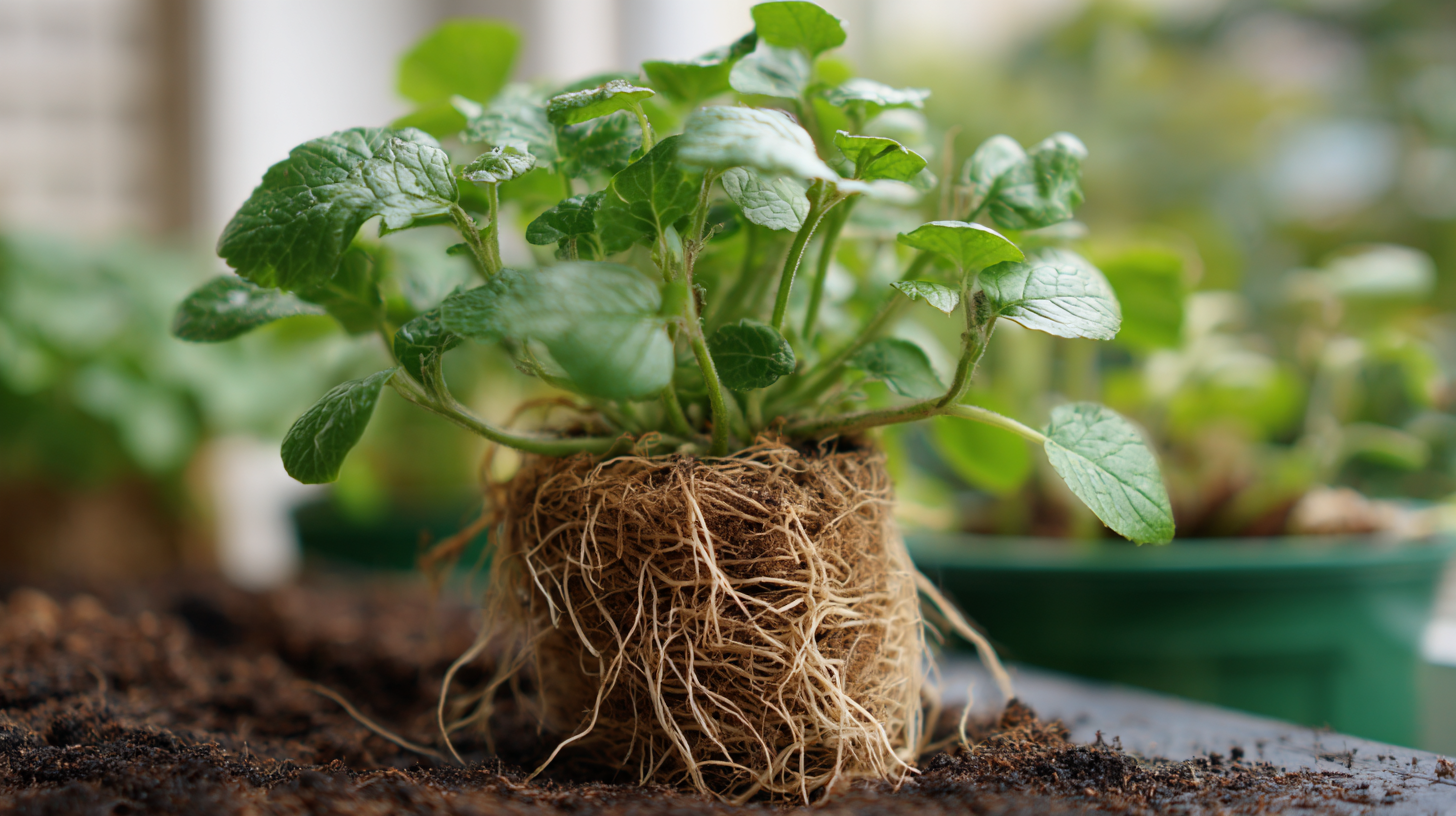
In addition to auxins, a good rooting hormone should be enriched with essential vitamins like B1 (thiamine). This vitamin helps reduce transplant shock and supports the overall vigor of the plant as it establishes roots. Water-soluble compounds are equally important, as they ensure the hormone is easily absorbed by the plant cuttings, maximizing the chances of successful rooting. By choosing a rooting hormone that combines these three key ingredients, gardeners can significantly enhance their plant propagation efforts and achieve robust growth for their new plants.
When applying rooting hormones to maximize plant growth, the method of application plays a crucial role in ensuring optimum absorption. One of the best techniques is to prepare a fresh, moist cutting, as the hormone adheres better to a slightly wet surface. Dip the cut end directly into a powdered or liquid rooting hormone, ensuring it is fully coated. For higher effectiveness, tap off any excess to prevent the buildup, which could lead to rot.
Another effective method is using rooting hormones in combination with other growth mediums. For example, mixing rooting hormones into the soil or using them in a water-soaking solution can facilitate better uptake by plant tissues. This method helps ensure that the hormones are consistently available to the plant as it develops roots. Additionally, controlling environmental factors such as humidity and temperature can further enhance the efficiency of rooting hormones when applied effectively.
